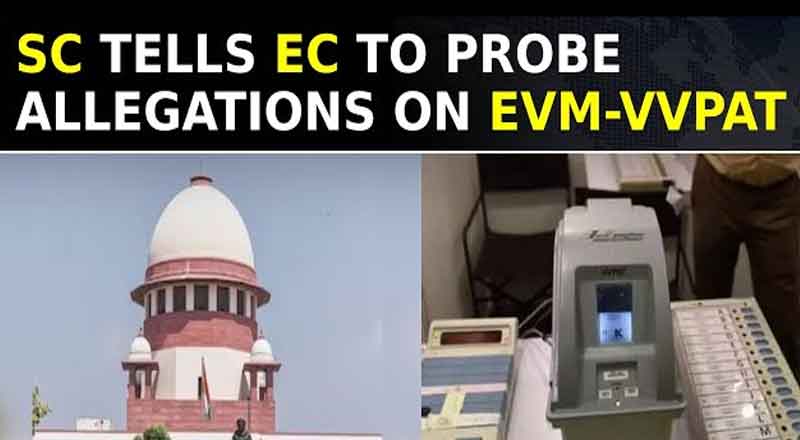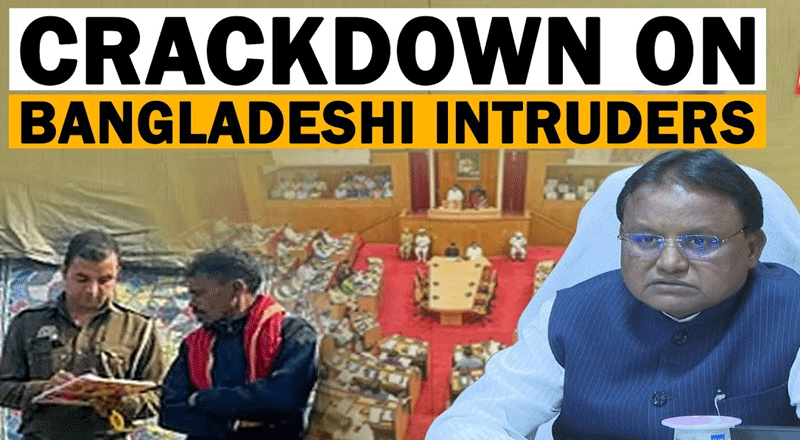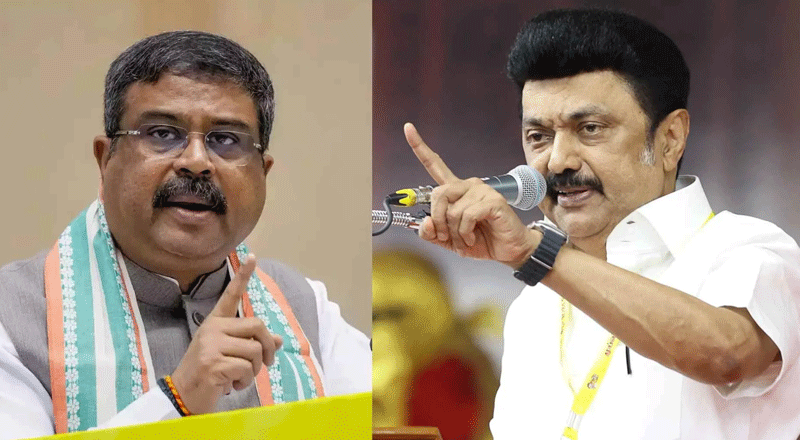- The SC has rejected all petitions advocating for the comprehensive verification of EVMs through Voter Verifiable Paper Audit Trail (VVPAT) slips.
- The Court mandates the sealing and secure storage of Symbol Loading Units (SLUs) for a duration of at least 45 days subsequent to the completion of the symbol loading process.
- The Court empowers candidates with the option to requisition the examination of EVM microcontroller programs by a designated team of engineers within the stipulated time frame.
- During the course of proceedings, the bench posed pertinent technical questions pertaining to the reprogrammability of microcontrollers embedded within EVMs, prompting responses from the ECI.
- The ECI staunchly defended the integrity of EVMs, affirming the one-time programmability of microcontrollers and dismissing allegations of susceptibility to external manipulation.
In a landmark decision echoing throughout the corridors of India’s judicial and electoral systems, the Supreme Court has resolutely rejected all petitions advocating for the comprehensive verification of Electronic Voting Machines (EVMs) through Voter Verifiable Paper Audit Trail (VVPAT) slips. This ruling, pronounced by a bench comprising Justices Sanjiv Khanna and Dipankar Datta, arrives following meticulous scrutiny and extensive technical inquiries into the functioning and security of the country’s electoral infrastructure.
The essence of the Court’s decision manifests through two pivotal directives, aimed at both preserving the integrity of the electoral process and addressing concerns regarding transparency and accountability. Firstly, the Court mandates the sealing and secure storage of Symbol Loading Units (SLUs) for a duration of at least 45 days subsequent to the completion of the symbol loading process, thus establishing a safeguard against potential tampering or manipulation. Secondly, the Court empowers candidates with the option to requisition the examination of EVM microcontroller programs by a designated team of engineers within a stipulated time frame of seven days following the declaration of election results. These directives, meticulously crafted and rigorously debated, represent a delicate balance between the imperative of electoral transparency and the practical constraints inherent in conducting free and fair elections on a massive scale.
The judicial discourse surrounding this matter was not confined solely to the pronouncement of verdicts; rather, it encompassed a probing inquiry into the intricacies of EVM functionality and security mechanisms. During the course of proceedings, the bench posed pertinent technical questions pertaining to the reprogrammability of microcontrollers embedded within EVMs, prompting responses from the Election Commission of India (ECI). The ECI, in turn, staunchly defended the integrity of EVMs, affirming the one-time programmability of microcontrollers and dismissing allegations of susceptibility to external manipulation. However, these assertions were met with skepticism from certain quarters, exemplified by Advocate Prashant Bhushan’s impassioned plea on behalf of the petitioners. Bhushan, drawing upon a report from a private entity, contested the ECI’s claims, alleging the potential for reprogramming and advocating for greater transparency in the electoral process.
Against this backdrop of legal deliberations and technical intricacies, it is imperative to contextualize the existing protocols governing electoral verification. Presently, the ECI conducts random verification of VVPAT slips from five polling booths per assembly segment in a parliamentary constituency—a measure designed to uphold the sanctity of election results while balancing logistical constraints and operational realities.
In essence, the Supreme Court’s verdict constitutes not merely a legal denouement but a profound reckoning with the complexities inherent in modern electoral systems. As India navigates the terrain of democracy, the pursuit of electoral integrity remains an enduring imperative, transcending judicial pronouncements and technical debates to encompass the very essence of democratic governance.
(With inputs from agencies)





